Home / Albums / Tag Animal Housing 28

 Chick in the nest
Chick in the nest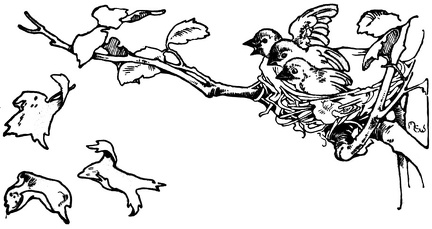 Chicks looking out of neck
Chicks looking out of neck A birds nest with eggs in it
A birds nest with eggs in it Mother bird feeding young in nest
Mother bird feeding young in nest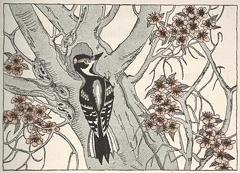 The Woodpeckers Nest
The Woodpeckers Nest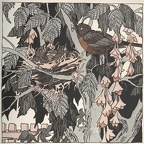 Mother Robin
Mother Robin She laid the grass thickly over the sides of the little tepee
She laid the grass thickly over the sides of the little tepee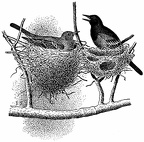 Double Nest of Orchard Oriole
Double Nest of Orchard Oriole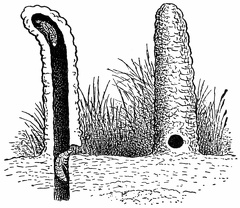 Dome-like House of Cicada
Dome-like House of Cicada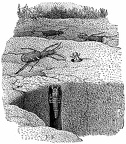 Common Tiger Beetle
Common Tiger Beetle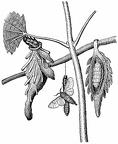 House-builder Moth
House-builder Moth Pseudargiolus Butterfly
Pseudargiolus Butterfly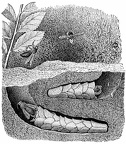 Leaf-Cutter Bee at Work
Leaf-Cutter Bee at Work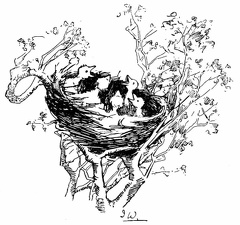 Birds waiting for feeding time
Birds waiting for feeding time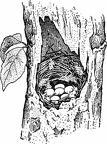 Nest of the Chicadee
Nest of the Chicadee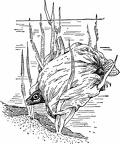 Female Stickleback Laying Eggs in Nest
Female Stickleback Laying Eggs in Nest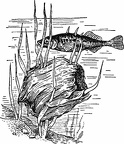 Male Stickleback Watching Eggs in Nest
Male Stickleback Watching Eggs in Nest Female Stickleback about to Enter Nest
Female Stickleback about to Enter Nest Nests of Social Weavers
Nests of Social Weavers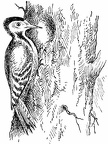 Woodpecker drilling a hole for a nest
Woodpecker drilling a hole for a nest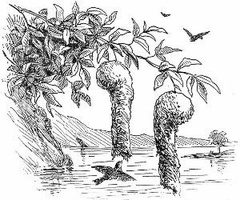 Nests of the Bottle bird
Nests of the Bottle bird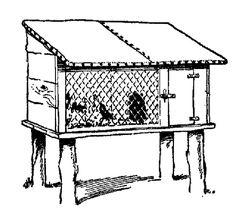 A home-made rabbit house
A home-made rabbit house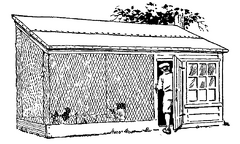 A home-made chicken coop built on the 'scratching-shed' plan
A home-made chicken coop built on the 'scratching-shed' plan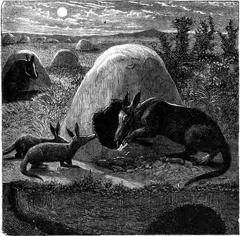 Aardvark
Aardvark A prairie dog town
A prairie dog town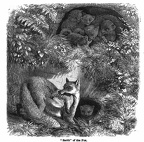 "Earth" of the Fox
"Earth" of the Fox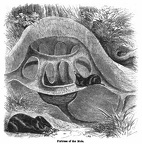 Fortress of the mole
Fortress of the mole Osprey and Grakles
Osprey and Grakles



